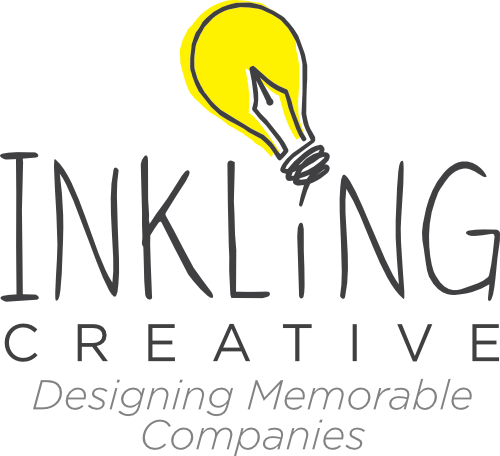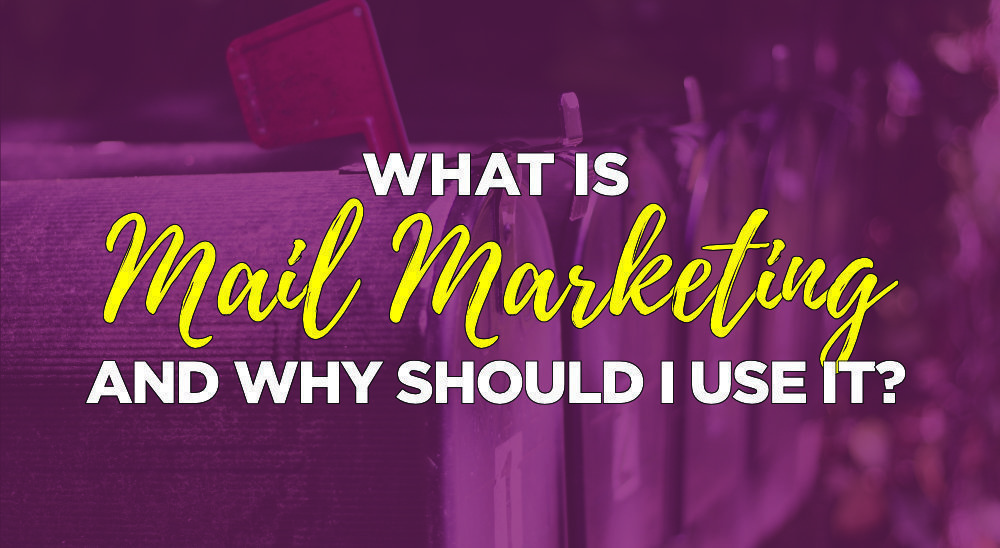Have you ever thought about how marketing works?
When encountering a business for the first time, we come across the basic brand identity components of print marketing. These include items such as business cards, letterhead, and envelopes. Depending on the kind of business, we may also discover brochures, or magazines. We may even encounter flyers, sell sheets, or posters. But all of these involve an action taken by the customer.
More...
Going to a business [a physical location].
Taking a business card.
Picking up a brochure.
Grabbing a magazine.
What if your business wants to lessen the customer’s involvement? What if you want to take advantage of something your customer already does? Are there ways to get print marketing directly into your customers hands instead of waiting for them to come to you? What are they?
Well, I’m glad you asked.
There are two main ways of getting print marketing directly into the hands of your customers. Both of these involve using mail marketing. No, not e-mail marketing, mail marketing.

Why is Mail Marketing Effective?
Mail marketing is proven to be effective because people always check their mail. Often awaiting many when they arrive home is an inbox brimming with messages. A mailbox with just a few pieces of mail is a lot less intimidating.
Forbes makes an excellent point about direct mail. They say,
“Even the most obvious junk mail in your mailbox has something that few marketing emails will ever possess: the reality factor. We’ve sent it and received it, opened it, saved it and thrown it away for much of our lives. It has weight, substance and dimension. Mail is a constant.”
Even your junk mail gets something most emails don’t: looked at.
Even your junk mail gets something most emails don’t: looked at.
Like e-mail, the way we deal with physical mail is much the same. We handle the important items, engage with those that grab our attention, and discard the rest. But even “the rest” gets looked at. Unlike most e-mails, physical mail at least gets a chance before it’s categorized as junk.
Advantages of Mail Marketing Over Email Marketing
Aside from the tangible benefit of physical mail, advertising mail typically stays within the home 17 days. This serves as a persistent reminder to the homeowner of the message a piece of mail conveys. Compare this to emails which, if even opened and looked at at all, are almost immediately forgotten.
[This is not that all emails are immediately forgotten. Nor is that to say that e-mail marketing is ineffective. Neither statement is true. It’s just one thing businesses have to consider when implementing e-mail marketing.]
But while it is increasingly considered “old-fashioned,” traditional mail marketing carries some distinct advantages and benefits over e-mail marketing.
Inbox Sensitivity
Whether or not we are talking about physical or electronic mail, just how capable are we of reading and digesting all the mail we receive?
We aren’t.
Between promotions, personal communication, news, and others, if we tried to read everything we wouldn’t have time for anything else.

Accordingly, USPS states that their mail volume per year is about 149.5 billion. That’s a lot of mail. In contrast, in 2015, there were 205 billion emails sent per day. That’s PER DAY.
So think about it.
The sheer volume of emails individuals are bombarded with is ridiculously high. Consequently, I think it’s fair to say this: instead of contributing to overloaded inboxes, direct mail is a thoughtful and more personal way to send a message.
Return on Investment
While both e-mail marketing and mail marketing are still very effective, let’s do some cost comparison.
According to one study, the median email marketing ROI is 122% (some are greater, some are less). That’s not bad (and it’s higher than any other digital marketing channel).

However, an average Hyper Farmer client has a direct mail ROI of over 1000%! And this isn’t uncommon. When we are talking about return on investment, 1000 is not only greater than 122, it’s far better than 122.
In other stats, the Direct Marketing Association found that the response rate of direct mail is 4.4% compared to an email marketing response rate of only .12%. No matter how you crunch the numbers, the response to direct mail is up to 30x higher than that of email.
Those stats demand at least a consideration of mail marketing.
Personal Touch
Although e-mail is getting quite a bit better, another advantage direct mail has over e-mail is that it is a lot more personal. Like a door-to-door salesman, direct mail physically enters the home of prospective customers with a sales pitch designed with the customer in mind.
You don’t get that access with email. In the United Kingdom, 92% of direct mail recipients engaged with a brand after receiving mail. Compare this to 81% of email recipients.
The physical presence of print marketing means it does not have to fight for attention. When a letter is opened during a customer’s alone time, it means it’s already in their hands. This means you’re more than halfway there.
Credibility
Perhaps the biggest advantage mail marketing has over email marketing is a general truth about print marketing: it’s trustworthy.
Messages received on paper build long-term trust and confidence. The changeability and constant scams we hear about damage the impact and credibility of e-mails.
Now we know why we should at least consider mail marketing. In future posts we’ll learn about mail marketing strategies and the two main types or examples of mail marketing: direct mail and every door direct mail.
If you would like to try mail marketing, contact Inkling Creative to help you with your mail marketing campaigns. We've got an easy way for you to get started personalizing and regularly sending mail to your customers.

